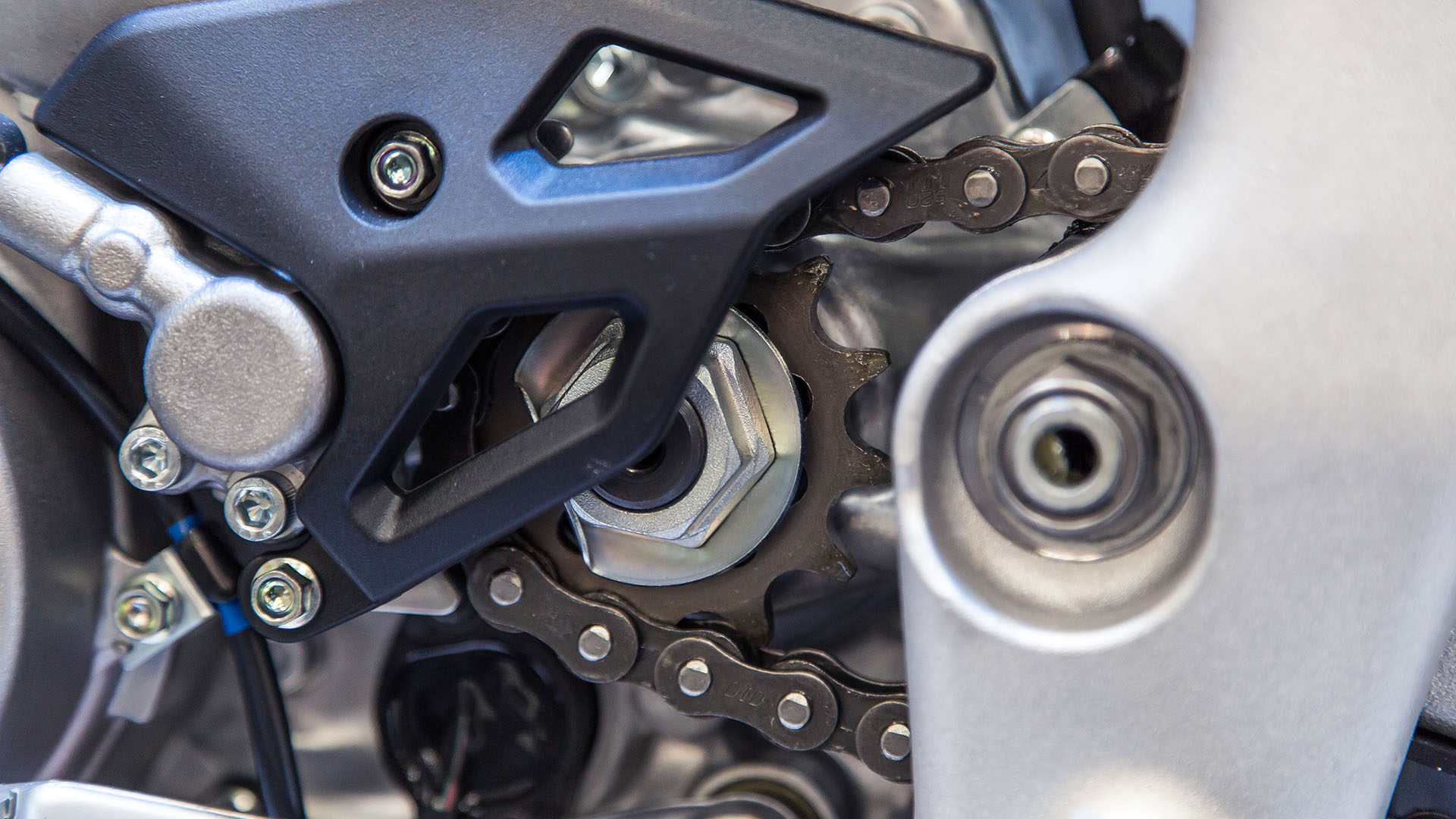If you own a motorcycle, you probably know how critical it is to maintain your bike during the riding season. Changing fluids, repairing damage, staying fueled up, and cleaning your motorcycle will help it run smoothly and last longer on the open road. But what should you do when your iron horse goes into long-term winter storage?
It’s vital to clean and cover your motorcycle before winter, especially when you won’t be riding it.
Proper cleaning and covering will ensure that it doesn’t rust, corrode, deteriorate, or get damaged during the cold months ahead. You’ll want your bike in good shape once warmer weather rolls in.
Tips for Cleaning Your Motorcycle Before Winter
Correctly cleaning your motorcycle before a long winter can preserve it while in storage. With a thorough job, you can eliminate caked-on dust, dirt, bugs, and grime that can lead to further damage. Clean carefully, though, and only use specific cleaning methods to care for surfaces like leather, vinyl, rubber, plastic, and chrome.
SOAP AND WATER
If nothing else, you’ll want to clean your motorcycle using soap and water. Prewashing with a hose can loosen any grease, dead bugs, sap, and grime that accumulated during the riding season. Then adding soap and scrubbing can clear it all away and take care of other lingering substances.
A classic soap-and-water job will clean most surfaces pretty well. However, it does have a few downsides. Soap and water may damage your motorcycle in the following ways:
- Removing wax (not an issue if you’re going to reapply it anyway)
- Corroding aluminum
- Drying out paint
That said, we recommend using cleaners designed specifically for motorcycles. Avoid cleaning in direct sunlight, and make sure the surfaces are cool before you start washing and scrubbing. Also, don’t let water get into your exhaust pipes.
AIR OR TOWEL DRY
Once you finish thoroughly washing your motorcycle, it’s time to dry. Don’t take this step for granted or dismiss it altogether! Drying is a simple but significant way to prevent issues in the future.
You have several options when it comes to drying your motorcycle:
- Microfiber clothes and soft towels: These dry surfaces gently, but they don’t always absorb water as well as other options.
- Air compressors or hair dryers: An air compressor can dry hard-to-reach places but could blow unwanted substances onto your motorcycle’s surfaces. Hair dryers take longer, but some can dry your bike effectively.
- Chamois: This can dry your motorcycle without streaks, but it may remove some wax in the process.
SANDPAPER AND SOLVENTS
As you clean and cover your motorcycle before winter, check the surfaces for stains and stubborn, stuck-on gunk. Soap and water will wash off a lot, but it might not get everything. Some types of tar and sap require more in-depth attention.
Solvents like WD-40 and tar-remover can effectively take care of some stains. You can also use sandpaper on certain surfaces to scrub away spots and blemishes. However, avoid using metal scrapers or coarse scouring pads that can easily scratch your motorcycle.
PAINT REPAIR
During a long and thrilling riding season, the paint on your motorcycle may suffer. Paint often wears out over time, leaving chips, flakes, bubbles, and faded areas. Check the paint job before storing your bike over the winter.
Paint repair doesn’t have to be complicated. You can find various paint polishes online or at a local retailer to fix minor issues and improve your motorcycle’s appearance. You can also find products to clear up annoying scratches and swirls.
WAX
Applying wax is the best way to protect your paint, keep dirt from building up, and give your bike that extra shine. Before winter rolls around, remove the old coat of wax and apply a new one. An even wax coating can protect your bike and help it stay in excellent condition for springtime.
Cleaning Tips for Specific Surfaces
Some of your motorcycle’s surfaces need a little more TLC. You can’t use soap, water, sandpaper, and wax on certain surfaces, but you should still clean them prior to long-term storage. Here are a few specific areas to pay close attention to as you clean and cover your motorcycle before winter:
- Leather surfaces. Does your bike have leather seat covers or saddlebags? You should remove them before you wash your motorcycle and clean them separately. Use a special leather cleaner and conditioner to keep it from deteriorating during storage.
- Tires and rubber surfaces. Tires and rubber surfaces are some of your motorcycle’s most important parts. Keep them clean with soap and water, avoiding overexposure to sunlight, freezing temperatures, and other environmental factors.
- Windshields and plastic materials. If your bike has a windshield, you’ll want to clean it properly before the winter season. You can find specialized products to buff out minor scratches and keep them from worsening. All-purpose products can help repair and clean plastic materials.
- Coated metal surfaces. A coated metal surface sometimes looks like a bare metal surface, so double-check before cleaning it. Coated metal has a thin plastic covering for protection. You can wash it like other plastic surfaces on your motorcycle.
- Bare metal and chrome surfaces. Your bike has a wide variety of bare metal and chrome surfaces. All of them can rust and corrode with time and frequent use. In general, we recommend using a chrome polish or specialized cleaner to remove corrosion and stains.
Covering Your Motorcycle Before Winter
After you thoroughly clean your motorcycle, you’ll need to cover it. Snow, rain, ice, and road salt can quickly damage your motorcycle’s surfaces and turn riding season into repair season.
Regardless of where you store your bike, you’ll want to protect it with a fitted motorcycle cover.
You should always clean and cover your motorcycle before winter—whether you plan to lock it up in long-term storage or occasionally ride when the weather is favorable.
Properly tending to your bike’s surfaces will prevent additional wear and tear during the cold months. In addition, a fitted motorcycle cover will protect those freshly cleaned surfaces and keep them out of the elements.
And guess what? If you’ve followed this guide from the start, your bike is now ready to store for the winter. You’re welcome. Now let’s talk a little bit about your options for WHERE to store your bike.

